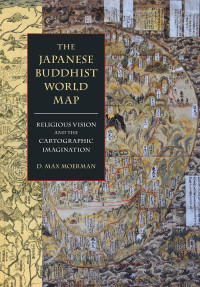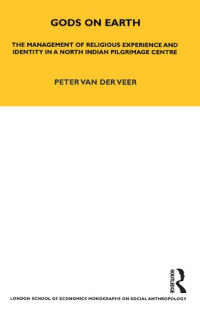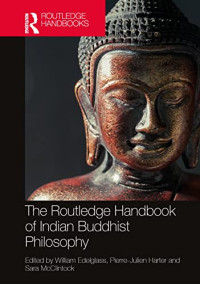
Localizing Paradise: Kumano Pilgrimage and the Religious Landscape of Premodern Japan
D. Max MoermanAlthough located far from the populated centers of traditional Japan, the three Kumano shrines occupied a central position in the Japanese religious landscape. For centuries Kumano was the most visited pilgrimage site in Japan and attracted devotees from across the boundaries of sect (Buddhist, Daoist, Shinto), class, and gender. It was also a major institutional center, commanding networks of affiliated shrines, extensive landholdings, and its own army, and a site of production, generating agricultural products and symbolic capital in the form of spiritual values. Kumano was thus both a real place and a utopia: a non-place of paradise or enlightenment. It was a location in which cultural ideals--about death, salvation, gender, and authority--were represented, contested, and even at times inverted.
This book encompasses both the real and the ideal, both the historical and the ideological, Kumano. It studies Kumano not only as a site of practice, a stage for the performance of asceticism and pilgrimage, but also as a place of the imagination, a topic of literary and artistic representation. Kumano was not unique in combining Buddhism with native traditions, for redefining death and its conquest, for expressing the relationship between religious and political authority, and for articulating the religious position of women. By studying Kumano's particular religious landscape, we can better understand the larger, common religious landscape of premodern Japan.
 Amazon
Amazon  Barnes & Noble
Barnes & Noble  Bookshop.org
Bookshop.org  转换文件
转换文件 更多搜索结果
更多搜索结果 其他特权
其他特权 






















